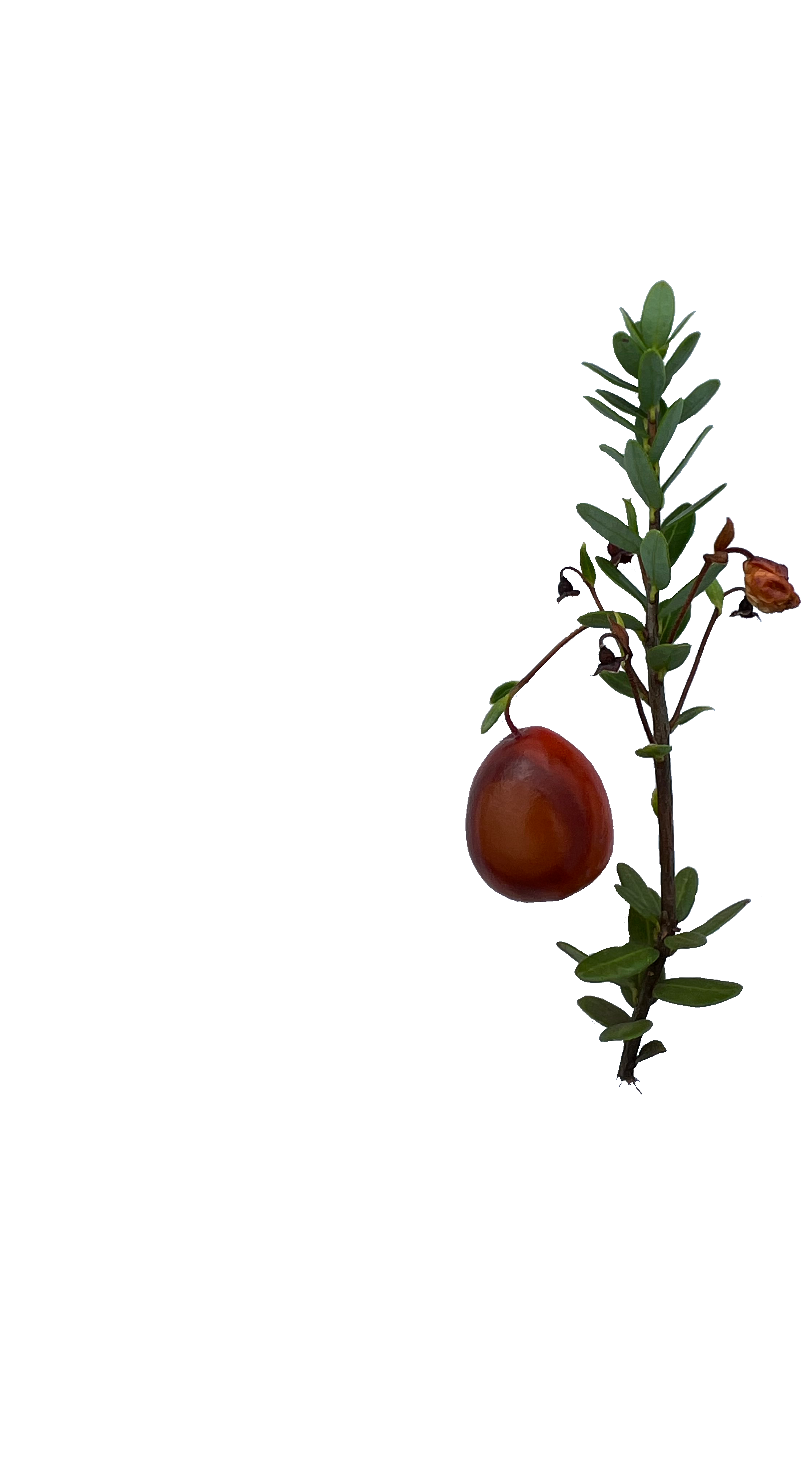What is SAME?
Systems Approach to Managing the Expression of Cranberry Fruit Rot is a multistate, interdisciplinary research project that aims to better understand the development of cranberry fruit rot and the host and environmental factors that influence disease expression. The US leads the world in production of cranberries; unfortunately, 75% of growers reported that cranberry fruit rots (CFR) significantly reduced marketable yields in the last 5 years, and for many, the losses were annual. CFR and associated fruit quality issues are identified as the highest research priority by cranberry growers across all the growing regions. Managing CFR is challenging; >15 fungal species are associated with CFR and there are no modern disease risk models. Some of the newer high-yielding cultivars are highly susceptible to CFR. Only a few classes of fungicides are registered for cranberry, thus resistance management is complex. The current solutions for cranberry fruit rot are centered on preventing infections during the bloom period, and while fungicides sprays are shown to reduce the incidence of fruit rot, in years with heat stress or increased precipitation during berry development, fruit rot emerges as a major issue.
Objectives
The long-term goals of SAME are to optimize models for site-specific cranberry fruit rot control recommendations, promote the adoption of integrated management methods on commercial beds, develop best management practices, and ultimately reduce fruit rot while enhancing fruit quality.
- Assess fruit rot pathogen populations across the major US production regions and monitor their sensitivity to fungicides.
- Evaluate the impact of environmental stressors and fertilizer on fruit chemistry and fruit rot symptom development.
- Identify genetic resources for fruit rot resistance and stress tolerance to guide breeding.
- Develop predictive models for fruit rot management and examine the economics of cranberry fruit rot management.
- Distribute tailored solutions to growers throughout the US through extension networks and training.
This initiative represents an important advancement toward sustainable cranberry production and the enhancement of fruit rot management practices within the industry.
